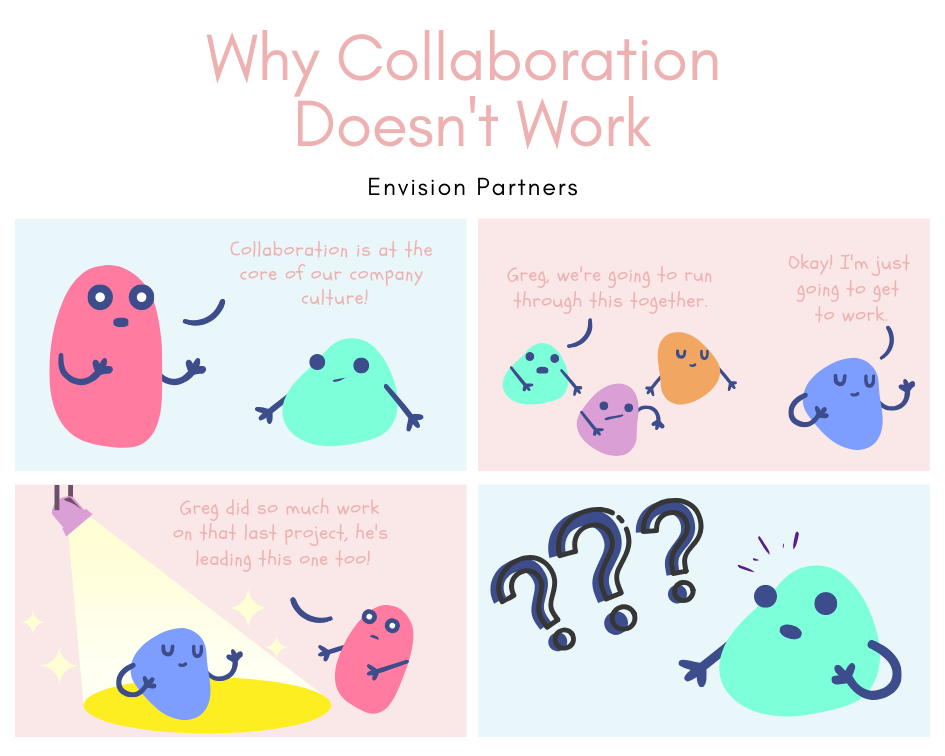More Than Just Showing Up
There was a lot of interest in a previous article on directly measuring employee engagement. One of the ‘problems’ with asking your team members how they feel about work is that you might get feedback on which you need to act.
In one note, a manager already knew several team members were not giving it their all. She asked how she can better motivate these long-term, productive-but-not-meeting-maximum-potential employees.
I thought I would share several of the ideas that I sent her for engaging those people that seem to be stuck in the day-to-day box of just showing up.
- Be open about your approach. Tell them that you think they have a lot of potential but you also feel that you have not been successful in engaging them for their personal growth and for the benefit of the team. Check your assumptions about their engagement.
- Tell them that you need their participation and ask how they might like to become engaged. Ask a lot of questions: What can I do to help you get more out of work? Are you happy in your job? How do you define happiness at work? Be careful that you do not make them feel threatened. Come from a place of curiosity and caring.
- Try to find their passion – what drives them? What do they love to do on the weekends? Begin to talk about these things when you see them. The intent is to engage them on the personal side in order to later engage them on the business side. Seek to understand their perspective, their dreams. You will not get these answers in the first conversation, so continue asking questions.
- Ask for their help in leading a sub-group to solve a specific problem or create a new solution. Put them in a position of leadership – it may be something small – a new project, for example. Let them be a mentor for a new employee on the team. It is hard to be disengaged when you are responsible for someone else’s success. It may seem counterintuitive, but this is not a reward for being unengaged, it’s making up for an opportunity, filling a void, that was missed.
A straight-forward approach is usually the best. If you know that they are motivated to stay in their current position, let them know that it is okay but you need to help them to see that they can have a (larger) impact on the team.
Like with learning about employee engagement, helping an employee build their engagement happens with direct communication. People usually respond to the basic human need to please others and to be successful.











A 3-step process to help you and your employees create lasting behavioral change.